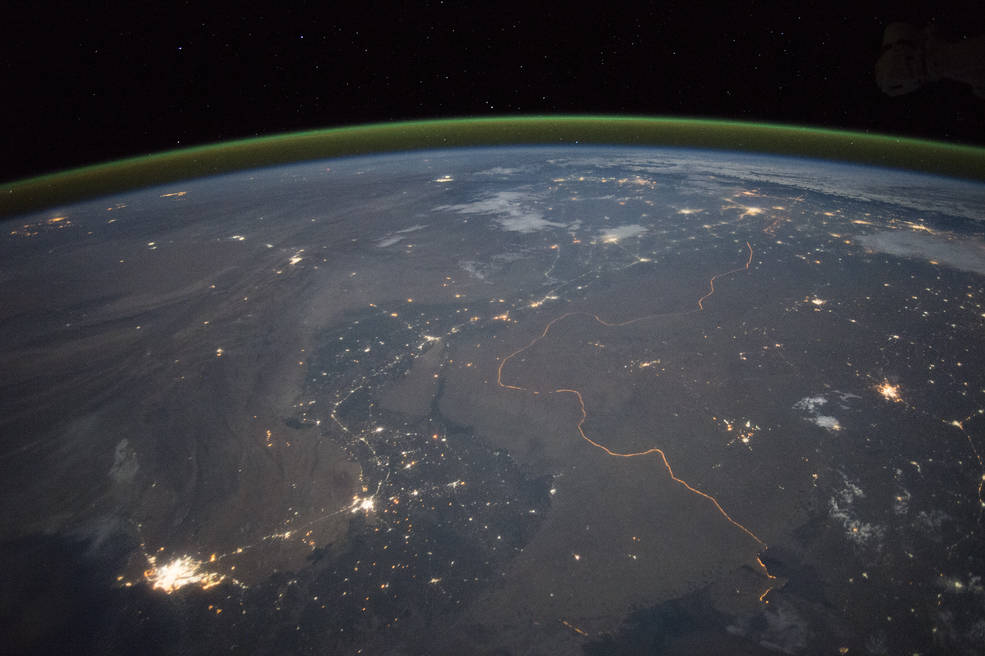Najam OpEd in HuffPo on Borders Seen From Space

India’s border with Pakistan (and parts of the Indian border with Bangladesh) is amongst the only international border than is visible from space at night (no, the Great Wall of China is not visible from space). In an OpEd in The Huffington Post ( on a stunning photograph of this border taken by NASA astronauts – and selected by NASA as one of its ‘Top 15 Space Station Earth Images of 2015″ – Prof. Adil Najam, Dean of the Frederick S. Pardee School of Global Studies at Boston Univeristy, is also struck by the irony the border is lit up by floodlights seen from space each night, each day as many as 237 million Indians go with any electricity.
The point Najam makes in the HuffPo OpEd is:
The bright orange line in the photo above is the border between India and Pakistan. It is bright because India has fenced and placed high power floodlights across more than 1,200 miles of its 2,000 mile border with Pakistan. It is sad because while the floodlights glow bright each night, some 237 million Indians live without electricity each day.
He goes on to point out that a 2000 mile long border fence is being built (and lit) on India’s border with Bangladesh and suggestions of a fence on Nepal’s border have been made. Najam finds the novelty of having borders be visible from space “not cool.” He argues:
The bright orange line that one sees on this picture from space is a very real manifestation of the absurdity that is security policy in South Asia. The tit-for-tat logic of security has meant that every country in the region has a military that is bigger than it can afford. And none is more secure for the bloated military budgets they impose on the backs of their poorest.
… One wonders what solace these bright floodlights give to the 237 million people in India who live without electricity every day. Or to the 60 million Bangladeshis or 50 million Pakistanis who do the same.